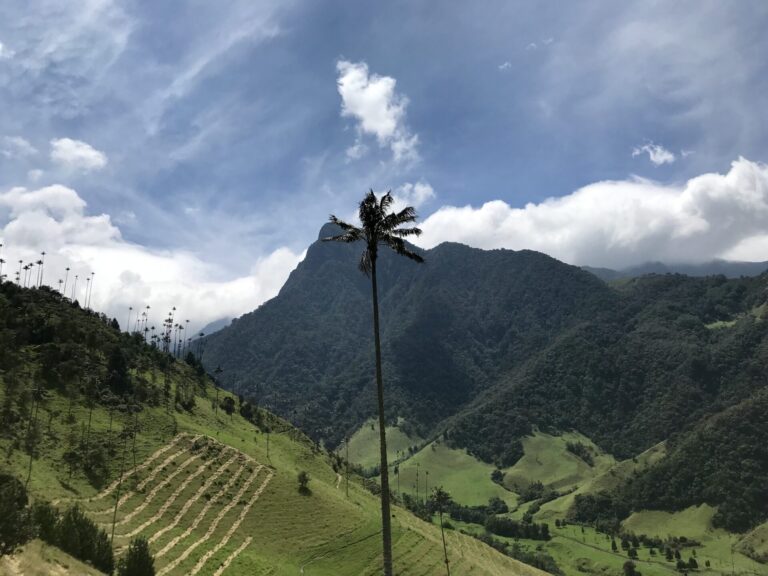Can You Go Backpacking in Alaska?
Backpacking in Alaska is a feasible adventure for those willing to brave the state's unforgiving wilderness, unpredictable weather, and abundant wildlife. Alaska's vast and remote terrain demands respect, requiring backpackers to be well-prepared and knowledgeable about traversing challenging trails, dealing with wildlife encounters, and preparing for unpredictable weather. With proper gear, planning, and research, backpackers can experience the thrill of exploring Alaska's untamed land, characterized by towering mountain ranges, glaciers, rivers, and forests. As you venture into the unknown, the key to success lies in understanding the intricacies of this vast wilderness, and what lies ahead.
Understanding Alaska's Wilderness
Situated in the vast expanse of North America, Alaska's wilderness sprawls across millions of acres of untamed land, beckoning adventurers to discover its uncharted territories. This unforgiving landscape is characterized by towering mountain ranges, glaciers, rivers, and forests that stretch as far as the eye can see. The state's vastness is matched only by its remoteness, with many areas accessible only by air or water. Backpackers must be prepared to navigate challenging terrain, unpredictable weather, and an abundance of wildlife, including bears, moose, and wolves. Understanding Alaska's wilderness is vital for a successful and safe backpacking experience. It's essential to research the region, plan meticulously, and develop the necessary skills to tackle this unforgiving yet awe-inspiring environment, as a thorough comprehension is pivotal for a successful and safe backpacking experience.
Choosing the Right Gear
As backpackers prepare to set out on their Alaskan adventure, selecting the right gear becomes a vital component of their journey, as the wrong equipment can quickly turn a thrilling experience into a perilous one. The vast and unforgiving wilderness of Alaska demands respect, and having the proper gear can be the difference between a successful trip and a disastrous one.
- Waterproof and breathable jacket: Protect yourself from Alaska's unpredictable weather with a reliable and waterproof jacket.
- Insulated sleeping pad: A good night's sleep is pivotal in the backcountry; an insulated sleeping pad will keep you warm and comfortable.
- Bear-resistant food containers: Keep your food safe from curious bears and other wildlife with durable, bear-resistant containers.
More than 39,000 miles of trails crisscross Alaska, beckoning backpackers to venture the vast and untouched wilderness that lies beyond the beaten path. However, traversing these trails can be a formidable task, especially for novice backpackers. It's essential to bring a topographic map, compass, and GPS device to guarantee you stay on track. Additionally, understanding how to read trail signs, recognizing landmarks, and using celestial navigation can be lifesavers in the event of an emergency. Be prepared for varying trail conditions, including dense vegetation, rugged terrain, and unpredictable weather. Always research the trail beforehand, checking for updates on trail conditions, closures, and any necessary permits. With proper planning and preparation, Alaska's trails can be a backpacker's paradise, making the process of traversing them less intimidating and guaranteeing a successful journey.
Dealing With Wildlife Encounters
In Alaska's vast wilderness, backpackers are likely to encounter an array of wildlife, from majestic grizzly bears to curious moose, and being prepared for these encounters is crucial to ensuring a safe and enjoyable journey. To minimize the risk of an encounter gone wrong, it's essential to be aware of your surroundings, store food and trash properly, and make noise while hiking to avoid surprising animals. Remember, wildlife encounters can be a thrilling experience, but safety should always be your top priority.
- Stay calm and composed: Avoid sudden movements and keep a safe distance from the animal.
- Know bear behavior: Understand the difference between a defensive and offensive bear attack, and be prepared to react accordingly.
- Carry bear spray: A non-lethal deterrent that can help protect you in the event of a bear encounter.
Preparing for Unpredictable Weather
Alaska's unpredictable weather patterns, notorious for rapid changes and extremes, demand that backpackers be prepared for anything, from torrential rainfall to unrelenting sunlight. A well-stocked backpack should include a waterproof jacket and pants, insulating layers, and a warm hat and gloves. Don't forget a reliable tent and a tarp to provide shelter from the elements. A portable stove and warm beverages can be a lifesaver on a chilly day. Additionally, bring a repair kit with duct tape, safety pins, and a multi-tool to fix gear damaged by wind or rain. Finally, stay informed about weather forecasts and be prepared to adapt your itinerary if severe weather is predicted. By being prepared, you can focus on enjoying the breathtaking scenery and unparalleled adventure that Alaska has to offer.
Planning Your Itinerary Wisely
With a solid foundation of weather preparedness in place, attention can now shift to crafting an itinerary that maximizes scenic exposure, minimizes logistical headaches, and guarantees a harmonious balance between adventure and safety. A well-planned itinerary is pivotal in Alaska, where remoteness and unpredictable weather can quickly turn a dream trip into a nightmare.
To secure a successful backpacking trip, consider the following essential elements:
- Build in flexibility: Leave room for unexpected delays or changes in weather.
- Prioritize scenic hotspots: Identify must-see attractions and allocate sufficient time for exploration.
- Factor in rest days: Allow for recovery time to avoid burnout and maintain physical and mental well-being.



